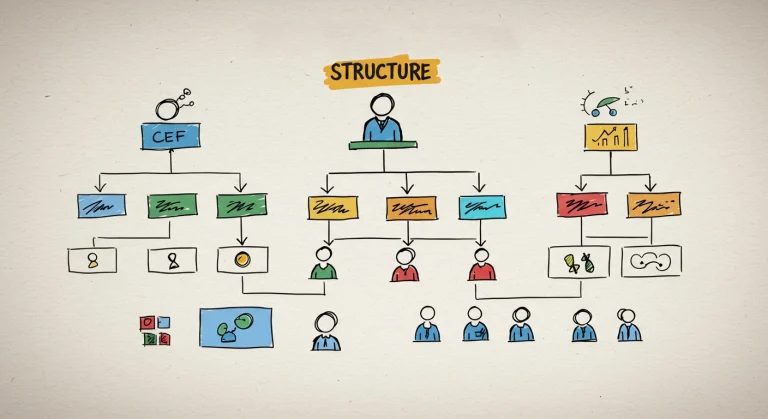Confronting cultural change.
Six Sigma is not just a technical method; it also represents a transformation in mindset.
Employees at all levels are expected to embrace this approach to make decisions based on concrete data rather than assumptions, to continuously improve production and service processes, and to eliminate the pervasive culture of refusing to accept errors.
Changing existing habits and adapting the entire organization to a new culture is a challenging process that takes time and patience.
Additional planning and motivation may be needed for training.
The success of Six Sigma depends on the ability to perform statistical analyses, collect data, and solve problems, and employees may need to be trained in these areas.
Each of these topics may require a comprehensive training program, but they also include hands-on workshops and project-based work.
Employees who already perform certain tasks may need additional planning and motivation to acquire these new skills through lengthy and intensive training.
Initial investment costs should be considered.
Beginning a Six Sigma project may require initial investments in areas such as training, consulting, software, and data collection.
Given the scope of these costs, these costs may initially seem daunting for SMEs. However, this investment will pay off in the long run through cost savings and increased quality, resulting in increased sales, thanks to improved production and service processes.
Not everyone in the company can adapt to the Six Sigma approach immediately and simultaneously.
Six Sigma requires a highly disciplined approach to data collection, measurement, and standardization.
The Six Sigma approach, which requires rigorous and systematic work, can create resistance, especially in teams with flexible work habits. Some employees may find this discipline restrictive or have difficulty adapting to project rules, which can slow down progress.






